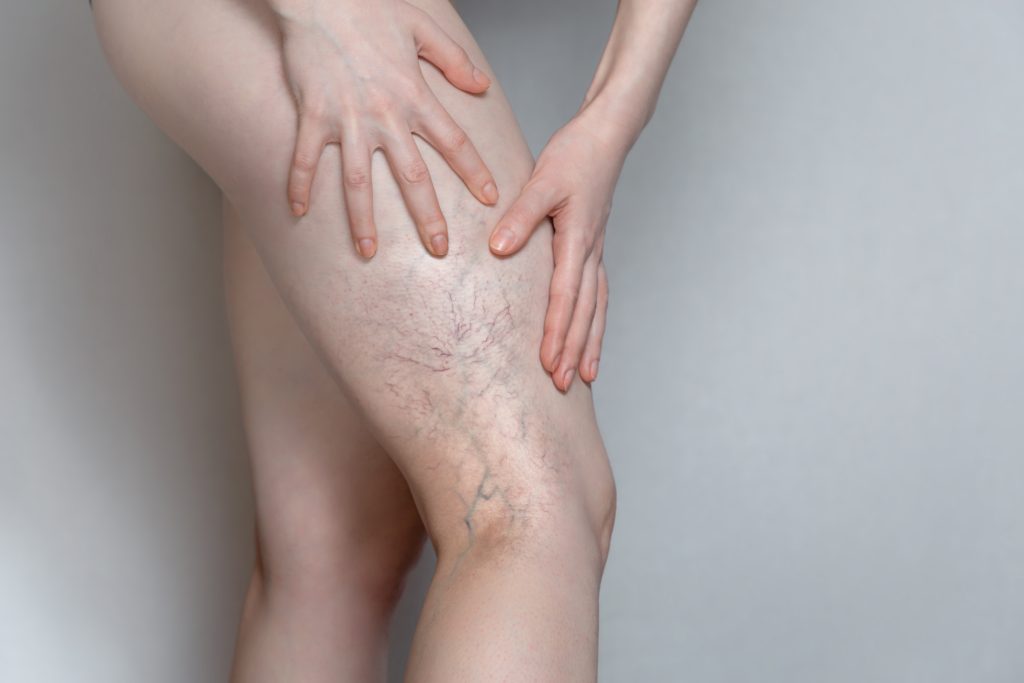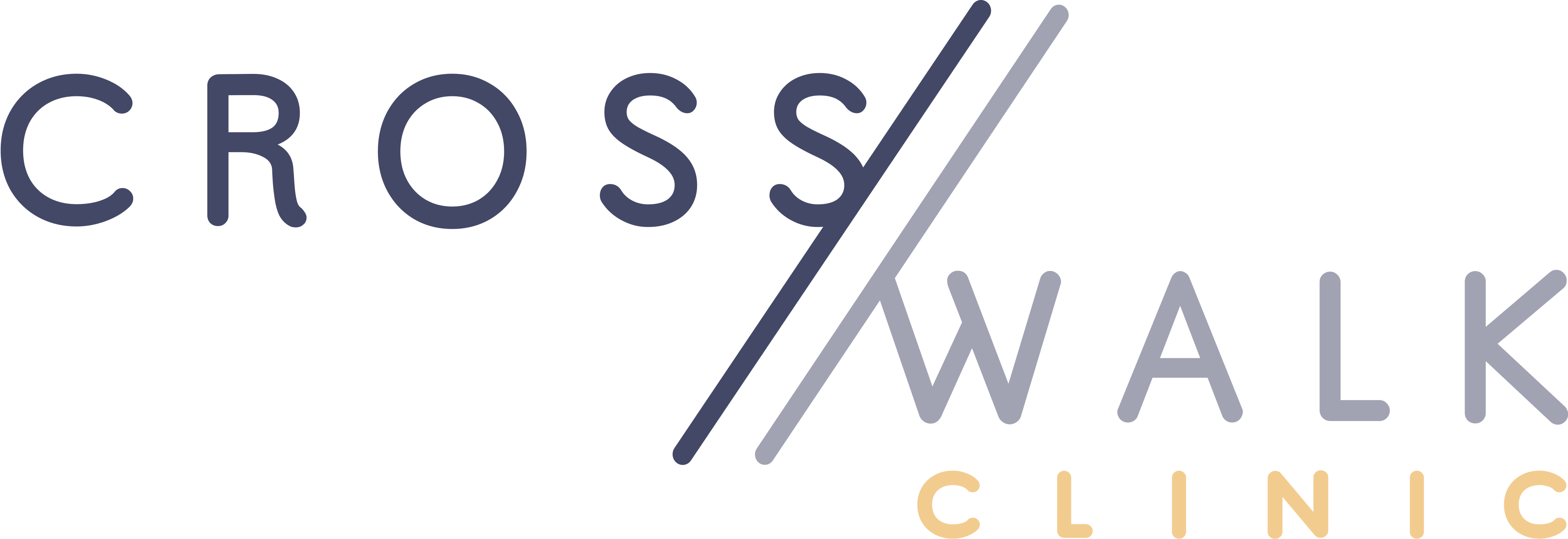Venous insufficiency, sometimes referred to as Varicose Veins, affects over 25 million people in the US alone. This condition occurs when the veins in your legs are unable to pump blood back to your heart efficiently which can cause blood to pool in your legs, leading to increased pressure in the veins and a variety of symptoms.
Symptoms of venous insufficiency can include:
- Aching or heavy legs is often the first symptom of venous insufficiency.
- Swelling in the legs and ankles, especially at the end of the day.
- Varicose veins, which are enlarged, twisted veins that can appear on the legs.
- Spider veins, which appear as tiny, unsightly veins just below the surface of the skin.
- Skin changes: skin may become discolored/dark, itchy, and dry. You can develop a chronic rash or weeping blisters.
- Leg cramps, can occur, especially at night. And can contribute to sleep issues.
- Fatigue: Feeling tired or fatigued in the legs, especially at the end of the day or after long periods of standing/sitting.
If left untreated, venous insufficiency can lead to serious complications, including:
- Blood clots: Dangerous blood clots can form in leg veins.
- Skin ulcers: the skin on the legs can develop ulcers if the condition isn’t treated. These can last a long time and be difficult to heal.
- Cellulitis: This is a bacterial infection of the skin that can occur after prolonged swelling.
What can be done for Venous Insufficiency?
While there is currently no cure for chronic venous insufficiency, there are many excellent treatments. Holistic treatment will always include compression, elevation of the legs, walking, and maintaining a healthy weight. It may also include a diet or supplements that decrease inflammation and support vein health. If these treatments do not control your symptoms then other treatments may be needed. Most vein treatments are minimally invasive, cause no or minimal pain, take less than an hour, are done in the office setting, and require almost no down time or recovery time afterward. These treatments include the following:
- EVLT (endovenous laser ablation)- A small catheter is placed in the vein. After the area has been numbed, a laser is inserted into the catheter and the heat from it causes the vein to close. Circulation is then rerouted through the healthy veins. This procedure is done using ultrasound to visualize every step of the process.
- Ultrasound guided Microfoam injection– Using ultrasound to guide the injection, a specialized foam is injected into the diseased vein. The medication causes the vein walls to become irritated and sticky, causing the vein to close. The circulation is then rerouted through the healthy veins.
- Ambulatory Phlebectomy– This technique is used to treat varicose veins and consists of numbing the affected area, using a needle to make a small hole in the skin, then using a hook to remove the varicose vein. This is done in sections. This should not be confused with vein stripping which is not performed at our clinic.
- Sclerotherapy – This technique is used to treat spider veins. A very small needle is used to inject a medication into the veins that causes the veins to close down and disappear. This is considered a cosmetic procedure and is not usually covered by insurance.
If you are experiencing symptoms of venous insufficiency, it is important to see a practitioner for treatment. Early diagnosis and treatment can help prevent complications and improve your quality of life.


